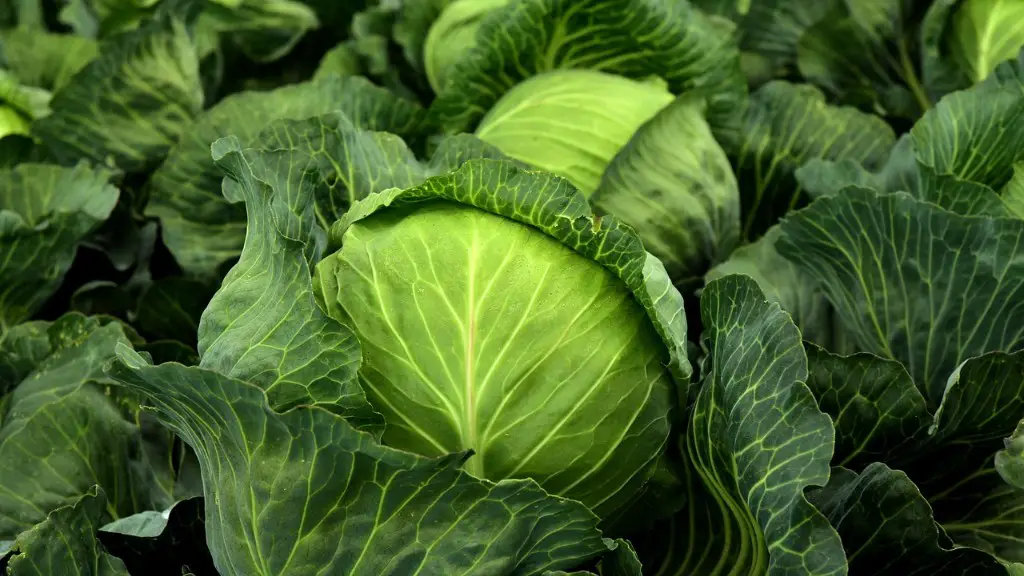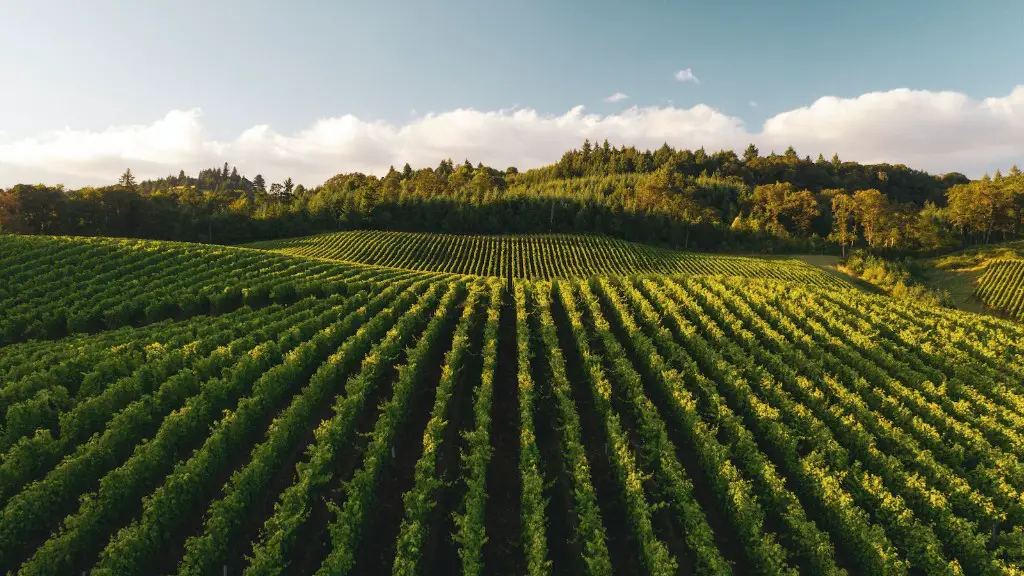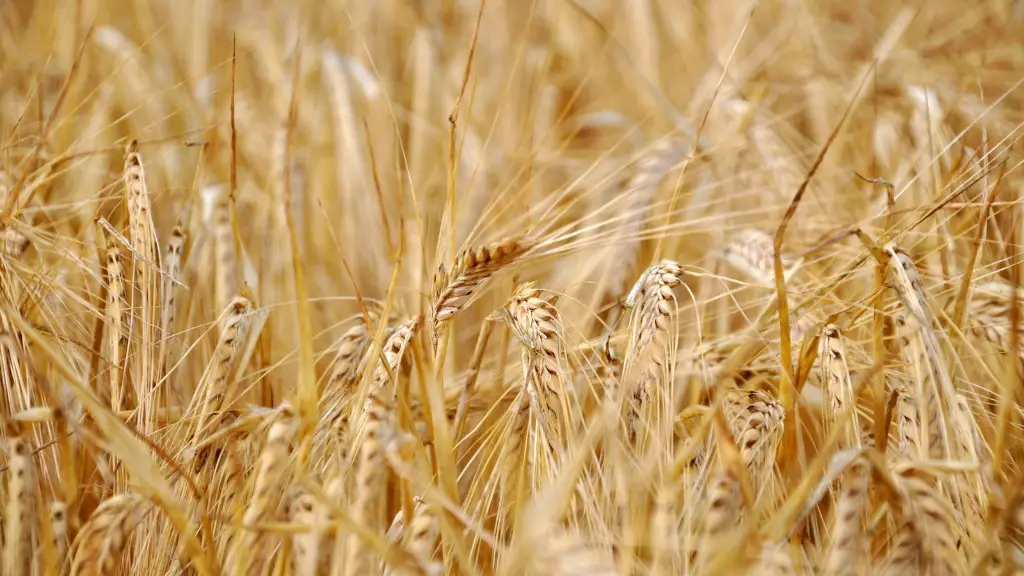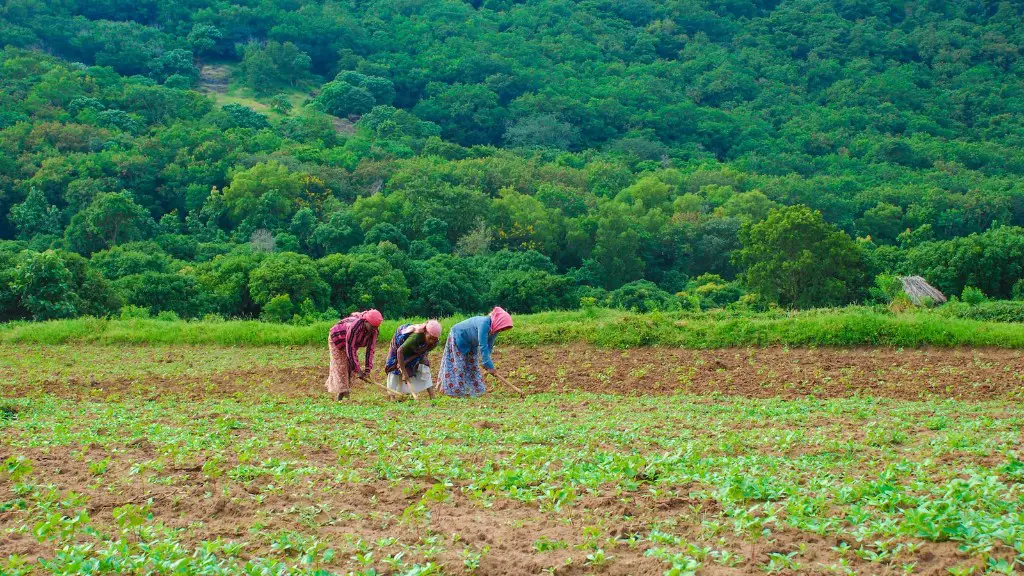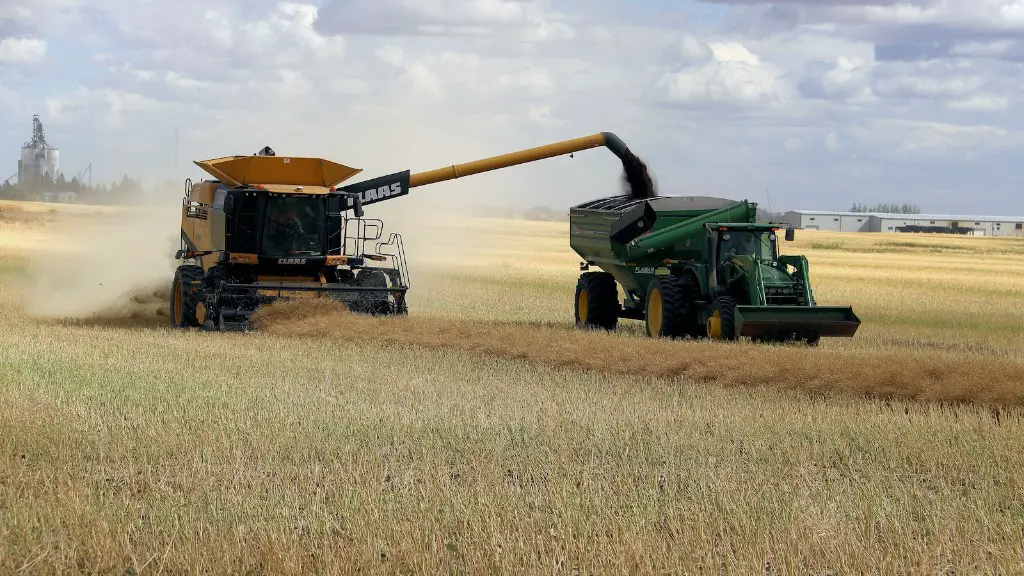Agriculture is the process of producing food, feed, fiber and other desired products by the cultivation of certain plants and the raising of domesticated animals. Agriculture is a vital sector of the economy in many countries. The two main types of agriculture are subsistence agriculture and commercial agriculture.
There are two types of agriculture: subsistence agriculture and commercial agriculture. Subsistence agriculture is the type of agriculture that is practiced in order to provide for the basic needs of the farmer and his family. Commercial agriculture is the type of agriculture that is practiced in order to generate a profit.
What is the main type of agriculture?
Today, there are two major types of agriculture: subsistence and commercial. Subsistence agriculture is geared towards providing for the basic needs of the farmers and their families, while commercial agriculture is focused on producing crops and livestock for sale.
There are a variety of subsistence agriculture methods, such as intensive agriculture (like rice paddies), shifting cultivation (which has led to deforestation in the rain forests), and pastoral nomadism (migrating cattle for milk, clothing, and tents). Each of these methods has its own advantages and disadvantages, but all of them are essential in meeting the needs of the world’s growing population.
The six main types of commercial agriculture in MDCs are mixed crop and livestock, dairy farming, grain farming, livestock ranching, Mediterranean agriculture, and commercial gardening and fruit farming.
What are 2 types of sustainable agriculture
Sustainable agriculture is an approach to food production that seeks to minimize the negative environmental impact of farming while maximizing the benefits to both farmers and consumers. Sustainable agriculture practices can vary widely, but all share the common goal of creating a more environmentally sustainable and socially just food system.
There are many different sustainable agriculture methods and farming practices, but some of the most popular include permaculture, biodynamic farming, hydroponics and aquaponics, urban agriculture, and agroforestry. Each of these approaches has its own unique benefits and challenges, but all have the potential to create a more sustainable food system.
Livestock occupies the majority of the world’s agricultural land, but it produces a relatively small amount of the world’s calories and protein. This suggests that there is room for improvement in terms of the efficiency of livestock production. One way to improve efficiency would be to combine pasture land and cropland, so that livestock are grazing on land that is also used to grow crops for animal feed. This would make better use of the available land and could potentially increase the amount of food produced.
What are the 3 types of agriculture?
Subsistence agriculture is defined as the production of crops and livestock solely for the purpose of providing for the needs of the farmer and their family. This type of agriculture is typically found in areas with poor soils and limited access to technology and markets. Commercial agriculture, on the other hand, is the production of crops and livestock for the purpose of selling them in the market. This type of agriculture is typically found in areas with rich soils and access to technology and markets.
India has a large amount of arable land, which is good for agriculture. The country also has a large amount of irrigated land, which is necessary for crops.
What are 6 types of agriculture?
Agriculture can be broadly divided into two categories: subsistence agriculture and commercial agriculture. Subsistence agriculture is typically associated with developing countries, where farmers grow crops and/or rear livestock primarily for consumption by their own families. Commercial agriculture, on the other hand, is geared towards producing crops and/or livestock for sale on the open market.
Dry farming and wet farming are the two main types of subsistence agriculture. Dry farming is practiced in areas with little or no rainfall, while wet farming is practiced in areas with sufficient rainfall. In both cases, farmers must carefully manage their water resources in order to ensure a successful harvest.
Terrace agriculture is another type of subsistence agriculture that is commonly practiced in steep, mountainous regions. In this type of agriculture, farmers build terraces on the sides of hills to cultivate crops. This allows them to make better use of the limited land area available to them.
Shifting agriculture is another subsistence farming system that is often practiced in areas with limited land resources. In this system, farmers clear a piece of land, grow crops on it for a few years, and then abandon it and move on to a new piece of land. This cycle is repeated over time, and the fertility of the land is
Production economics and farm management are two sides of the same coin. They are both concerned with the efficient use of resources to produce a product. Farm management is concerned with the day-to-day operation of the farm, while production economics is concerned with the overall economic efficiency of the farm.
What are the two 2 environmental concerns in agricultural production
Livestock production is responsible for a large proportion of global greenhouse gas emissions, most notably methane. In addition, overgrazing is a major problem regarding environmental sustainability. In some places, stretches of forage land are consumed so extensively that grasses are unable to regenerate.
There is a great variety in the agricultural commodities that are cultivated around the world. However, some crops are more widely grown than others. The most common agricultural commodities worldwide are cow milk, sugar cane, corn, wheat, rice, and potatoes. These crops are vital to many people’s diets and provide a significant source of income for farmers.
What are the two main types of land?
Different types of land use include recreational, agricultural, and urban. Recreational land use is the land that is used for recreational purposes, such as parks and playgrounds. Agricultural land use is land used for growing crops, such as corn, wheat, beans, and other fruits and vegetables. Urban land use is land used for commercial and residential purposes, such as office buildings and houses.
The top agricultural producing countries in the world are China, United States, Brazil, India, Russia, France, and Mexico. These countries have the largest amount of arable land and produce the most food to feed the world’s population. China, for example, has 7% of the world’s arable land and produces enough food to feed 22% of the world’s population. The United States is known for its agriculture science and provides some advanced agriculture technology to other countries. Brazil, India, and Russia are also top producers of food and have a large amount of arable land. France and Mexico are also major players in the agriculture industry and produce a significant amount of food for the world.
What are the 4 types of agriculture
The four main branches of agriculture are livestock production, crop production, agricultural economics, and agricultural engineering. Each branch focuses on a different aspect of agriculture and plays a vital role in the industry as a whole. Livestock production focuses on raising animals for food, while crop production focuses on growing crops for food and other purposes. Agricultural economics deals with the financial aspects of agriculture, including farm subsidies and trade agreements. Agricultural engineering focuses on the design and implementation of agricultural machinery and infrastructure.
The four types of agriculture are as follows:
1. Pastoralism – Pastoralism involves herding of animals.
2. Shifting Cultivation – It involves rotation of crops.
3. Subsistence farming – It is a practice of growing crops and raising livestock sufficient only for one’s own use, without any surplus for trade.
4. Commercial agriculture – Commercial agriculture is a type of farming that is focused on producing crops and livestock for sale.
What are the 5 types of agriculture?
There are many different types of agriculture, each with its own specific purpose. Shifting cultivation is a type of agriculture in which farmers rotate their crops, usually on a yearly basis. Intensive pastoral farming is focused on grazing animals, and is often done in areas where there is little arable land. Subsistence cultivation is done in order to seek out a living, and is often done for consumption by family. Commercial cultivation is usually focused on cash crops, such as cocoa, cotton, and palm oil.
The term agriculture includes a wide range of activities, including crop production, animal husbandry, forestry, and fisheries. It also includes the work of horticulturists, landscape gardeners, and nurserymen. In addition to the production of food, agriculture is also responsible for the production of raw materials for industry and fuel for energy.
Agricultural research and development is essential to the continued success of the industry. Through research, new methods and technologies are developed that can improve yields, decrease inputs costs, and increase profits. Farming is the implementation of agricultural activities. Farmers are the people who engage in the actual production of crops and livestock. They use the land, labor, and capital to produce food, fiber, and other products.
Farming has changed dramatically over the years, thanks in part to advances in technology. Today, farmers use sophisticated machinery, computer-aided design, and GPS technology to help them be more efficient and productive. They also use conservation practices to protect the environment and ensure the sustainability of their operations.
Why is it called agriculture
The term agriculture is derived from two Latin words, agricultūra and cultūra. Agricultūra comes from ager, meaning “field”, while cultūra comes from cultus, meaning “cultivation” or “growing”.
The term agriculture is typically used to refer to the activities of human beings, but it should be noted that specific species of beetle, ant and termite have been cultivating crops for 60 million years.
Agriculture is vital for a number of reasons. Firstly, it is the main source of raw materials for numerous industries. Secondly, it is a significant contributor to international trade. Thirdly, agriculture plays a big role in a nation’s revenue.Fourthly, it provides employment for a large number of people. Fifthly, agriculture is crucial to a country’s development. Sixthly, it can help heal the environment. Seventhly, agriculture and war are closely linked. Eighthly, agriculture is a key sector in the economy. Ninthly, it helps to ensure food security. Tenthly, agriculture is an important part of the cultural heritage of a nation.
Final Words
There are two types of agriculture: subsistence agriculture and commercial agriculture. Subsistence agriculture is subsistence farming, which means that the farmer grows crops and raises livestock primarily to feed themselves and their family. Commercial agriculture is farming that is done primarily for profit.
The two types of agriculture are subsistence agriculture and commercial agriculture. Subsistence agriculture is the growing of crops and raising of livestock for personal use and consumption. Commercial agriculture is the growing of crops and raising of livestock for sale and trade.
